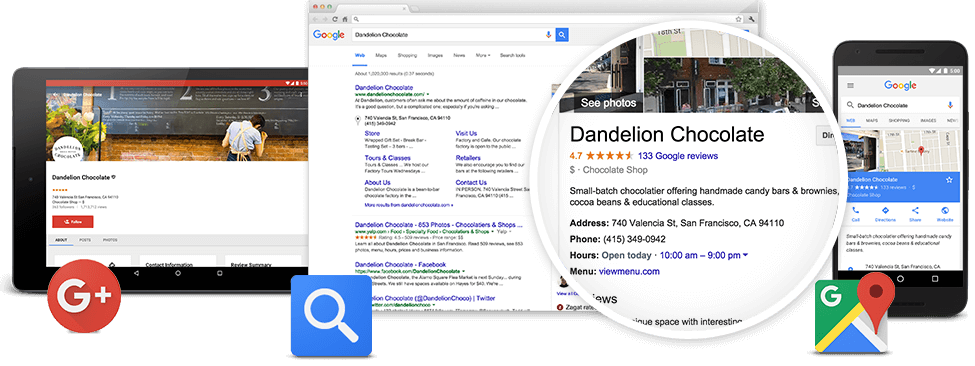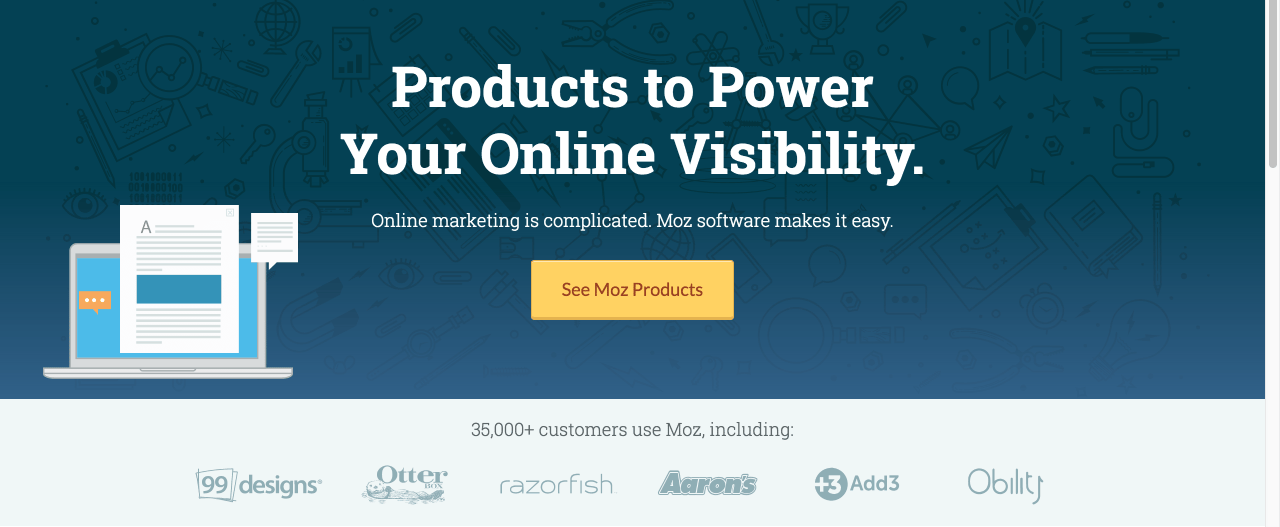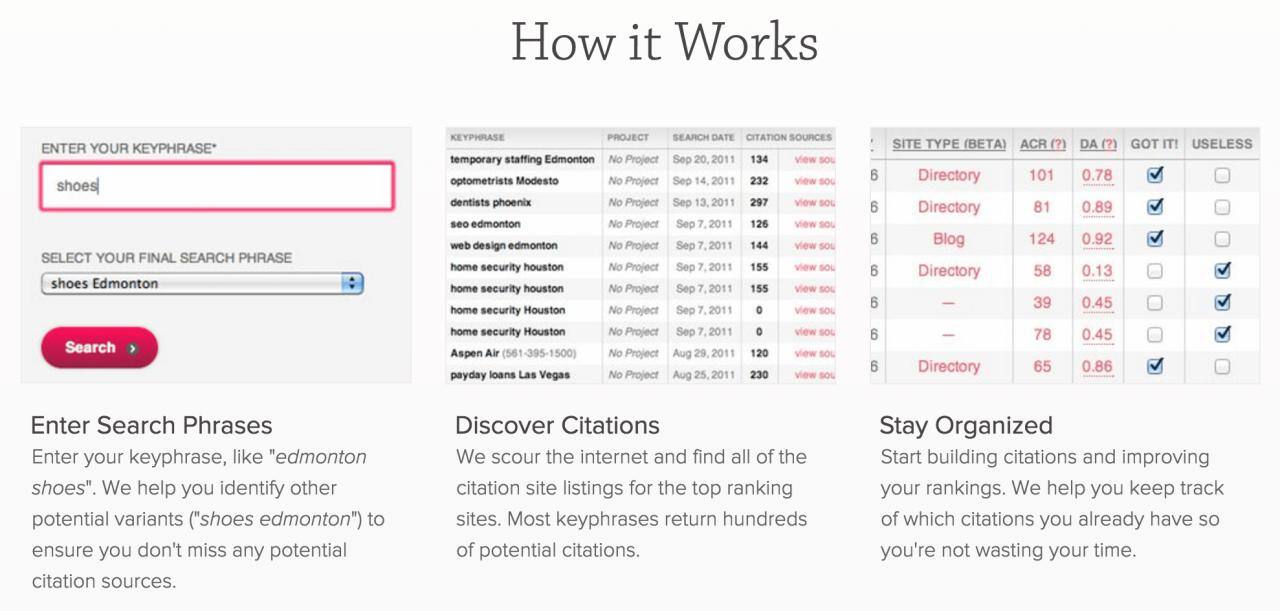3 Ways Small Businesses Can Boost Traffic and Sales With Google’s ‘Local Pack’
As a small business owner, you know all too well that your ranking in Google matters a great deal when it comes to landing customers online.
Two things you may not know is just how vital Google’s ‘local pack’ is as part of your ranking within the world’s most popular search engine, and how recent changes to the local pack may have already affected search engine traffic to your website.
In this article we will explain exactly what the local pack is, then offer you three key steps you can take to boost your rankings and ultimately attract more prospective customers to your site. We might even throw in a bonus step that can really boost your online business.
Let’s get going!
What is Google’s Local Pack?
Google’s local pack is the set of local listings displayed on Google search results pages. Back in August, Google decreased the quantity of businesses shown in the local pack from seven down to three:
The outcome of this change is clear—if your business was listed fourth in the local pack back in the halcyon 7-pack days, it’s no longer listed within the local pack at all.
[Tweet “If your business was listed fourth in the local pack back in the halcyon 7-pack days, it’s no longer listed within the local pack at all.”]
Regardless of your position within the local pack (even if you’re currently sitting pretty on top), you should consistently be looking for ways to improve or consolidate your position. That’s what we’re going to focus on in the rest of this article.
1. Create and Maintain Your ‘Google My Business’ Profile
To appear in the local pack, your business must have accurate information displayed in their Google My Business listing.

Examples of the same Google My Business profile across multiple platforms.
To be more specific, every available field that is relevant to your business must be completed and kept updated with the correct information. My recommendation is that you set a recurring task in your calendar or tasks app of choice that reminds you to review and update your business listing say once per month.
What data you should enter is generally self-explanatory, but I do have a specific piece of advice when choosing categories for your business: pick only the most relevant ones. Choose relevance over sheer quantity of categories, as Google’s search algorithm is tuned to identify profiles containing irrelevant information (such as dubious categorization), and your position in the local pack may suffer as a result.
2. Gather Positive Ratings and Reviews
Links have traditionally been defined as ‘the currency of the web‘, but for any business with an online presence, positive ratings and reviews are arguably just as important. They have an enormous impact both on traffic and conversions.

Reviews within Google Search
Although you might reasonably think otherwise, gaining positive ratings and reviews isn’t something you should simply sit back and wait for; you need to be proactive in procuring them.
First of all, make sure that your business is set up on at least the most popular review websites: Google+, Google My Business and Yelp. Once you’ve done that, there are a few strategies you can employ to procure positive reviews, which we covered in our article on how to make negative reviews work in your favor.
In brief, they are:
- Ask your loyal regular customers to provide reviews.
- Whenever a customer compliments you, ask them to take a moment to make their compliment public, as a review.
- Source reviews from family, friends and acquaintances in your industry.
3. Track Your Position and Adjust Tactics Accordingly
Unless you’re tracking your progress within Google’s local pack, you’ll have no idea of the effect of your efforts.
With that in mind, make it a habit to note your position regularly. We recommend services such as Moz.com or the free Google Chrome extension Open SEO Stats to snapshot your present ranking status.

A Moz.com subscription isn’t cheap, but they offer hugely powerful SEO tools.
Once you have that system in place, it’s time to start tweaking. Adjust your keywords on your site, in online listings and in social media to attempt to earn a higher ranking. Each time you make an adjustment to your website content, use the “Fetch as Google” feature of Google Search Console, then allow time for the changes to be registered by the Google Search crawler.
Analyze the results. Repeat the same Google searches, and using Google Analytics, moz or Open SEO Stats, find out how well you’re doing. Adjust your tactics according to the results you see in your tested approaches.
A systematic approach to testing and evaluating results will take you a long way towards the top of Google’s local pack.
Bonus Tip: Analyze Citations to Improve Local Pack Ranking
“Citations” are the bits of information that reference back to a specific business.
Items found by themselves, such as a company name, can be considered citations. Better yet, items in combination—such as a company name and telephone number—constitute a stronger citation than just any one item in isolation.
Your obvious goal is for searches for, say, your phone number, company name or address to lead to a search result in the local pack. However, it can be very difficult to manually piece together all the variables and factors that lead to a good listing position in the local pack for searches in your area. That’s why it’s encouraging to see new tools emerging that focus on local search “citations”. One such tool, for example, is the Local Citation Finder by Whitespark:

How Whitespark works.
You can use Whitespark’s Local Citation Finder to track down not only your own business citations, but those of a competitor. Competitive search will help you know what gaps you need to fill to begin to rank next to or above that competitor.
There are many other uses for the Local Citation Finder and you can try it for free. We heartily recommend that you spend some time with it!
Conclusion
Google is more ubiquitous than ever—especially for people in search of business services—and where you appear within the local pack will largely determine potential customers’ opinion of your business. With that in mind, the importance of your ranking within the local pack cannot be overstated.
The good news is that by implementing the above strategies, you will be ahead of the curve in terms of the sophistication of your SEO efforts. With patience and consistent application, your actions will translate into the elevation of your business within the local pack—not to mention the ancillary benefits that strategies such as reviews procurement will bring.
Now it’s over to you. Have you had greater or fewer customers visit your website or business as a result of the recent changes, and what have you done to improve your position? Let us know in the comments section below!
Image Credits: Google, Google My Business, Whitespark






